- Home
- Machining techniques
- CNC Machining Services
- Cooperative supply services
- Designs
- Materials
- Finishing Services
- Shop
- Products
- Guide
- About Us
- Contact Us
2022.11.28
Grinding in manufacturing is abrasive machining that is used to finish workpieces, understanding what the grinding process is, how it works, as well as common types of grinding. We’ll also talk about the differences between grinding and turning/milling.
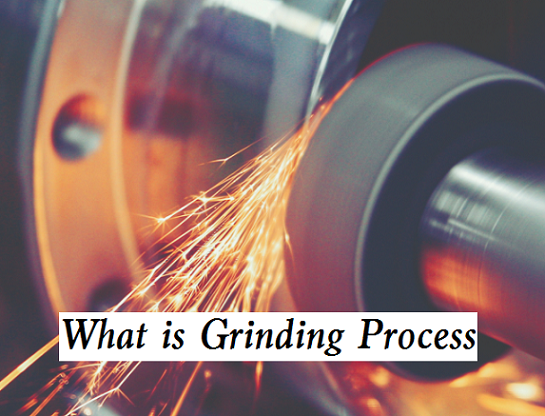
Grinding is a type of finishing process in mechanical processing, with less machining and high precision. It is widely used in the machinery manufacturing industry. The heat-treated and quenched carbon tool steel and carburized and quenched steel parts often have a large number of regularly arranged grinding cracks on the surface that is basically perpendicular to the grinding direction. It not only affects the appearance of the parts but also directly affects the quality of the parts.
It refers to the cutting process of the workpiece surface with a high-speed rotating grinding wheel and other abrasive tools. Grinding is used to process internal and external cylindrical, conical, and plane surfaces of various workpieces, as well as special and complex formed surfaces such as threads, gears, and splines.
Due to the high hardness of abrasive grains and the self-sharpening of abrasive tools, grinding can be used to process various materials, including hardened steel, high-strength alloy steel, hard alloy, glass, ceramics, marble and other high-hardness metal and non-metallic materials. Grinding speed refers to the linear speed of the grinding wheel, which is generally 30~35m/s, and it is called high-speed grinding when it exceeds 45m/s. Grinding is usually used for semi-finishing and finishing, and the accuracy can reach IT8~5 or even higher. The surface roughness is generally ground to Ra1.25-0.16μm, precision grinding to Ra0.16-0.04μm, ultra-precision grinding to Ra0.04-0.01μm, and mirror grinding to Ra0.01 μm. The specific power of grinding (or specific energy consumption, that is, the energy consumed by cutting the workpiece material per unit volume) is larger than that of general cutting, and the metal removal rate is smaller than that of general cutting. Therefore, before grinding, the workpiece is usually removed by other cutting methods to remove most of the machining allowance, leaving only 0.1~1mm or less of the grinding allowance. With the development of high-efficiency grinding, such as creep feed grinding and high-speed grinding, parts can be ground directly from blanks. It can also be used for rough machining by grinding, such as removing the runner and riser of castings, the flash of forgings, and the skin of steel ingots.
1) Cylindrical grinding
It is mainly carried out on the cylindrical grinder to grind the outer cylinder, outer cone, and end face of the shaft shoulder of the shaft workpiece. During grinding, the workpiece rotates at a low speed. If the workpiece moves longitudinally and reciprocally at the same time, and the grinding wheel cross-feeds the workpiece after each single or double stroke of longitudinal movement, it is called the longitudinal grinding method. If the width of the grinding wheel is greater than the length of the ground surface, the workpiece will not move longitudinally during the grinding process, but the grinding wheel will continuously cross-feed relative to the workpiece, which is called cut-in grinding. Generally, the efficiency of cut-in grinding is higher than that of longitudinal grinding. If the grinding wheel is trimmed into a formed surface, the cut-in grinding method can be used to machine the formed outer surface.
2) Internal grinding
It is mainly used for grinding cylindrical holes, tapered holes, and hole end surfaces of workpieces on an internal grinder, universal cylindrical grinder, and coordinate grinder. Generally, the longitudinal grinding method is adopted. When grinding the formed inner surface, the cut-in grinding method can be used. When grinding the inner hole on the coordinate grinder, the workpiece is fixed on the workbench, and the grinding wheel rotates at high speed but also makes planetary motion around the centerline of the grinding hole. In internal grinding, the grinding speed is usually less than 30 m/s due to the small diameter of the grinding wheel.
3) Surface grinding
It is mainly used for grinding planes and grooves on the surface grinder. There are two kinds of surface grinding: peripheral grinding refers to grinding with the cylindrical surface of the grinding wheel. Generally, the horizontal spindle surface grinder is used. If the shaped grinding wheel is used, various shaped surfaces can also be machined; Face grinding with the grinding wheel is called face grinding, and a vertical surface grinder is generally used.
4) Centerless grinding
It is generally carried out on a centerless grinder to grind the excircle of the workpiece. During grinding, the workpiece is not centered and supported by the center, but placed between the grinding wheel and the guide wheel, supported by the supporting plate below it, and driven to rotate by the guide wheel. When the axis of the guide wheel and the axis of the grinding wheel are adjusted to an oblique angle of 1°- 6°, the workpiece can automatically feed along the axis while rotating, which is called through grinding. Grinding can only be used for grinding cylindrical surfaces. When using the cut in centerless grinding, the guide wheel axis and the grinding wheel axis must be adjusted to be parallel to each other, so that the workpiece is supported on the supporting plate without axial movement, and the grinding wheel is continuously cross-fed relative to the guide wheel. Cutting in centerless grinding can machine the formed surface. Centerless grinding can also be used for internal grinding. During processing, the outer circle of the workpiece is supported on the roller or bearing block for centering, and the eccentric electromagnetic attraction ring is used to drive the workpiece to rotate. The grinding wheel extends into the hole for grinding. At this time, the outer circle is used as the positioning reference to ensure that the inner circle and the outer circle are concentric. Centerless internal grinding is usually used to grind the inner raceway of the bearing ring on the special grinding machine for the bearing ring.
– Material removal principle: Turning removes material through mechanical cutting using single-point tools on lathes. Grinding removes material through an abrasive process using a rotating abrasive wheel.
– Part size: Turning is better suited for removing larger amounts of material quickly in a single pass to get close to the final dimensions. Grinding is used for fine-tuning dimensions and surface finish.
– Complexity: Turning can complete parts like shafts with features turned directly onto them like keyways or hex shapes. Grinding would require following up with additional processes to add such features.
– Speed and feed: Turning typically has higher feeds and speeds than grinding due to the different mechanics of material removal for each process.
– Surface finish: Turning can achieve a 2 μm Ra finish while grinding can produce mirror-like finishes below 0.4 μm Ra.
– Material hardness: Turning can work with different materials including metals, plastics, and soft materials. Grinding is usually applied for hard materials that can’t be easily machined with traditional cutting tools.
– Machine and tool: The milling process uses a milling machine that holds the workpiece stationary while a rotating cutting tool removes the material, grinding applies a rotating abrasive wheel to remove materials.
– Accuracy: Grinding can achieve very high precision and smooth finishes beyond milling capabilities.
– Uses: Milling is better suited for shallow cuts and lower material removal rates while grinding is good for deep cuts and higher material removal rates through processes like creep feed grinding.
– Speeds and feeds: Milling typically utilizes higher feeds and speeds than grinding.
– Operation: Grinding can perform a done-in-one operation where milling requires multiple steps.
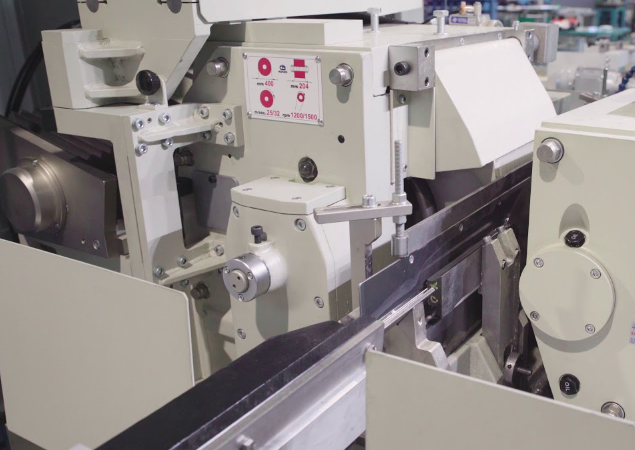 Guide to Centerless Grinding Machine: Advantages, Working Principle and Parts
Guide to Centerless Grinding Machine: Advantages, Working Principle and Parts
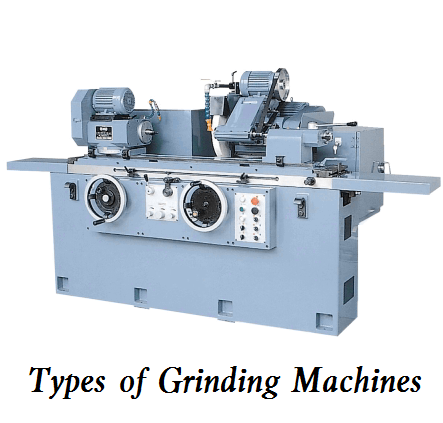 Different Types of Grinding Machines and How to Use a Grinder – How Does a CNC Grinder Work
Different Types of Grinding Machines and How to Use a Grinder – How Does a CNC Grinder Work
 Spring Material Types (Properties, Grades, Uses) & Best Selection for Your Project
Spring Material Types (Properties, Grades, Uses) & Best Selection for Your Project
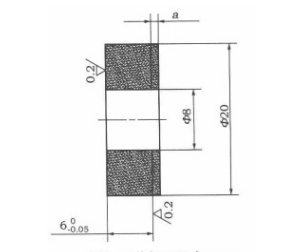 Control Method Of Workpiece Thickness Of Grating Ruler And Tool Setter
Control Method Of Workpiece Thickness Of Grating Ruler And Tool Setter
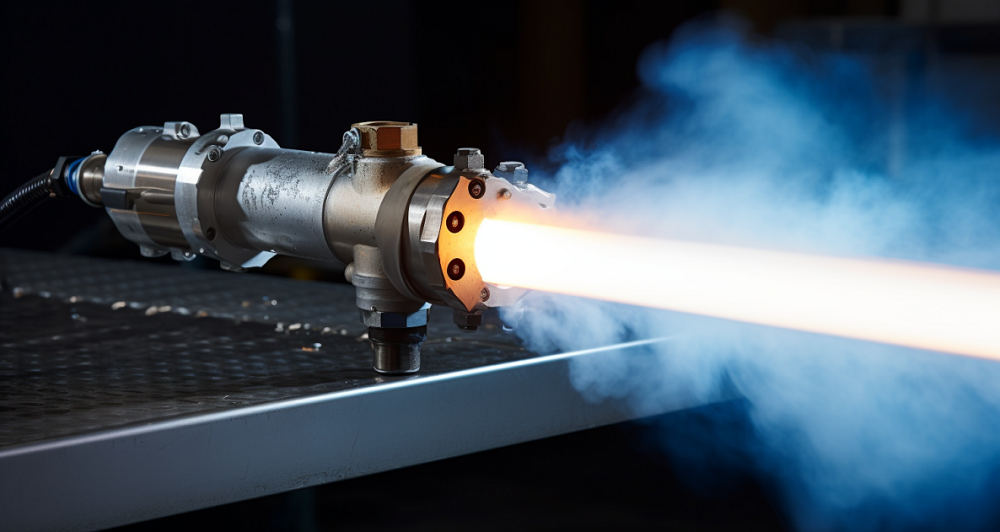 What is HVOF Coating – HVOF Thermal Spray Process, Materials, Benefits, Machine, Applications
What is HVOF Coating – HVOF Thermal Spray Process, Materials, Benefits, Machine, Applications
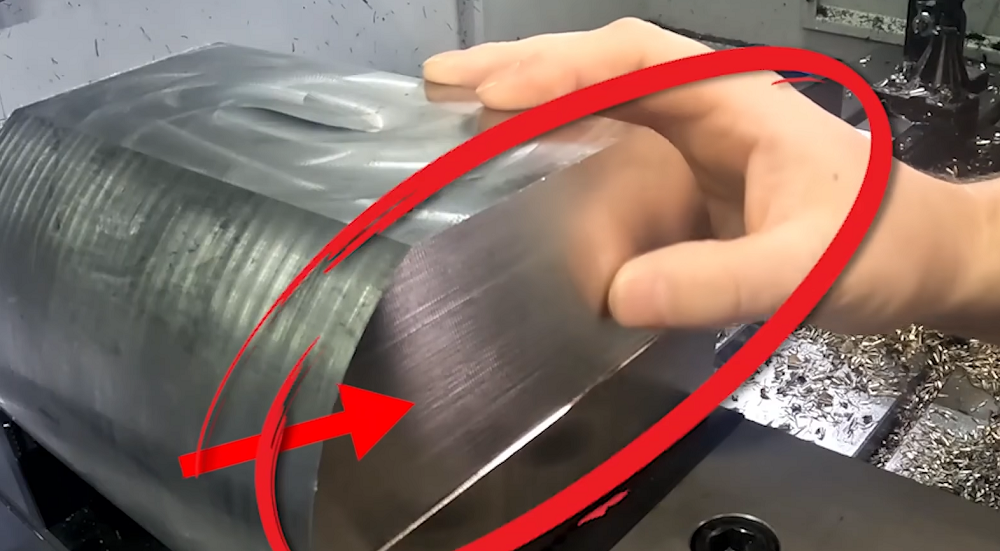 How To Reduce & Stop Chatter Vibration in CNC Milling/Turning/Drilling/Grinding Lathe?
How To Reduce & Stop Chatter Vibration in CNC Milling/Turning/Drilling/Grinding Lathe?
